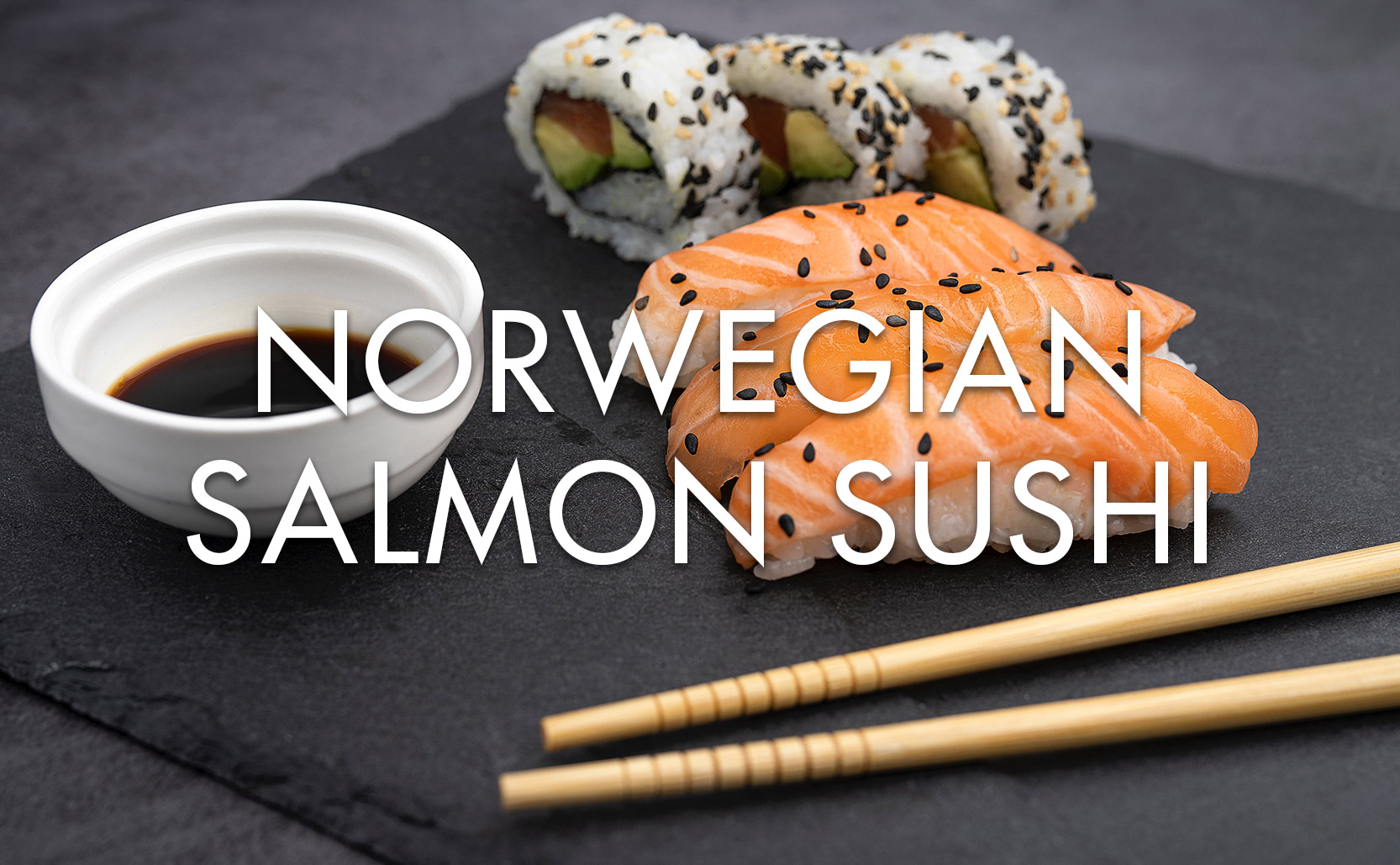Norwegian Salmon Sushi
Japanese sushi didn’t contain salmon until a deal with Norway in 1992.
Like many of the oldest things in Japan, sushi originally came from China. Its earliest form was fish stored in fermented rice. The rice was used as a preservative and wasn’t eaten. Through a series of culinary improvements over the centuries the dish eventually became raw fish served with rice (to be eaten, not thrown out), which is how we know it today.
Norwegian salmon
Of the fish used to make sushi, salmon was not usually one of them. Pacific salmon tend to have parasites, making it unsafe to eat raw and needing to be cooked. Enter the Norwegians. Bjorn Eirik Olsen was part of a delegation to Japan in 1985 trying to sell Norwegian salmon to the Japanese. Norway had begun farming salmon in the 1970s and by the 1980s had an excessive amount of fish they needed to find buyers for. At the same time Japan had overfished their waters and were looking to diversify their supply of fish.
Selling salmon to the Japanese public for use in sushi was a difficult proposition because Japanese salmon wasn’t safe to eat raw. A marketing campaign couldn’t say that Norwegian salmon was parasite-free since that would only make people think of parasites, which wouldn’t help sales. It took a few years but by 1992 Olsen got Japanese frozen food producer Nichirei to purchase 5,000 tons of salmon at a heavily discounted price but on the condition that they sell it in grocery stores as raw salmon specifically for sushi. They also labeled their parasite-free Atlantic Norwegian salmon as ‘sāmon’ instead of the Japanese word for salmon ‘sake’, to help differentiate the two types. This was followed by a marketing campaign where they had chefs on Japanese TV demonstrate using salmon. It was a success.
In the years that followed salmon’s popularity took off. Salmon sushi started in the cheap sushi restaurants but eventually spread to restaurants of all levels in Japan and around the world.


